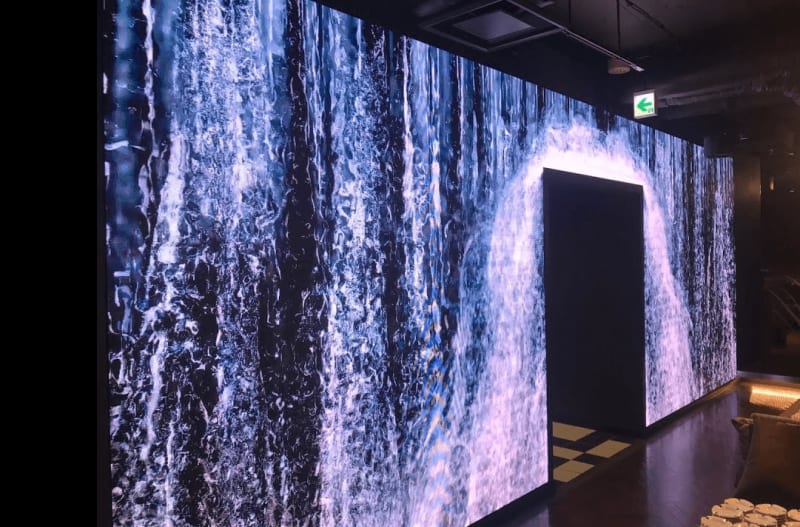Today, LED displays play an important role in outdoor advertising and are widely used in bustling cities. For companies or individual owners who want to purchase LED electronic displays, it is crucial to understand the following technical parameters and precautions:
- Flatness:
The surface flatness of the LED display is within ±1mm to ensure that the image is not distorted and to avoid local bulges or depressions causing dead corners. Choose an LED display with better production technology to ensure that the flatness meets the requirements.
- Brightness and viewing angle:
The indoor brightness of the LED display should be above 800cd/m2, and the outdoor brightness should be above 1500cd/m2. At the same time, the larger the viewing angle, the better. Choose a display with better LED die quality to ensure sufficient brightness and viewing angle. How to adjust the brightness and contrast of LED display?
- White balance effect:
The white balance effect is one of the most important indicators of the LED display screen, which determines the purity of the displayed color. Choose an LED display with a better control system to ensure a good white balance effect.
- Color restoration:
The color reproduction of the LED display means that the display color must be highly consistent with the playback source. Choose an LED display with better color reproduction to ensure the realism of the image. LED displays are divided into single-color, dual-color and full-color types.
- Whether there is mosaic or dead center phenomenon:
Mosaics and dead spots on the LED display will affect the overall display effect. Pay attention to the quality of the connectors used in the LED display to ensure that mosaics and dead spots are avoided.
- Whether there are color blocks:
There is color difference between adjacent modules, causing color blocks. Choose an LED display with a better control system to ensure smooth color transition.
- Refresh frequency:
The higher the refresh frequency of the LED display screen, the better the display effect. Choose the LED display refresh frequency to be above 180HZ (indoor) or above 300HZ (outdoor).
- Gray scale:
Grayscale determines how colorful the display is. Generally, an 8-bit system can be used to ensure sufficient gray levels.
By understanding and considering these technical parameters, you can better choose an LED electronic display that suits your needs to ensure that it can provide high-quality display effects during use.

Thank you for watching. I hope we can solve your problems. Sostron is a professional LED display manufacturer. We provide all kinds of displays, display leasing and display solutions around the world. If you want to know: How to identify the quality of LED electronic display? Please click read.
Follow me! Take you to know more about led display knowledge.
Contact us on WhatsApp:https://api.whatsapp.com/send/?phone=8613570218702&text&type=phone_number&app_absent=0






















